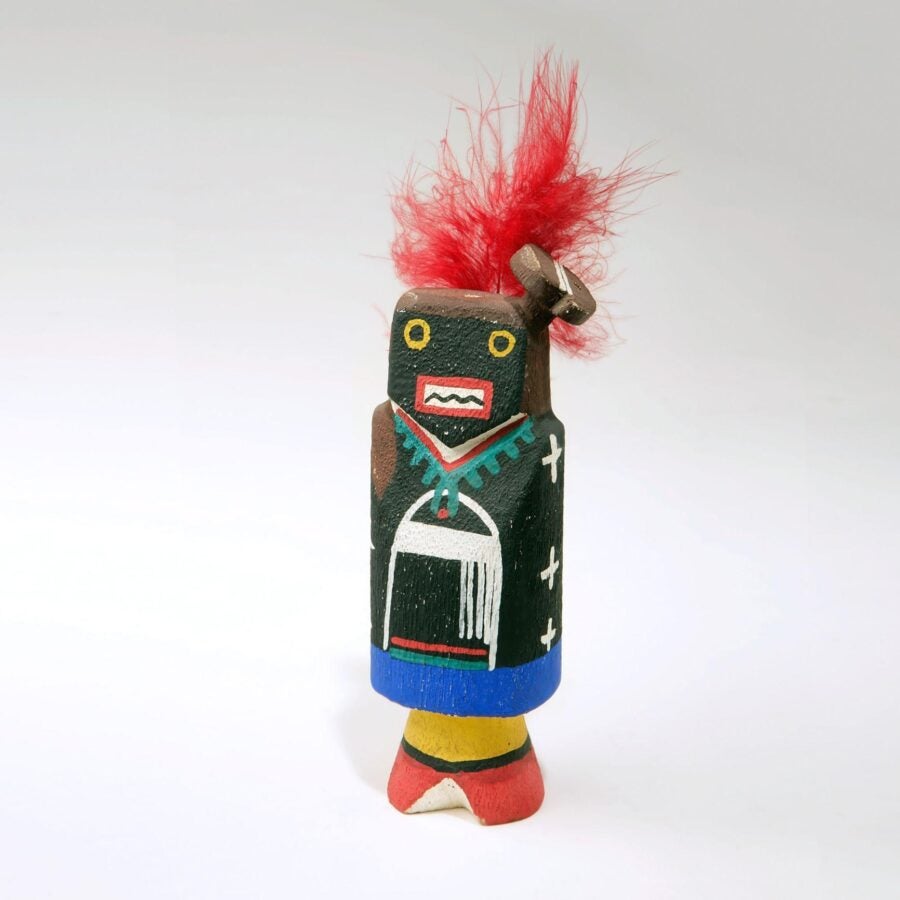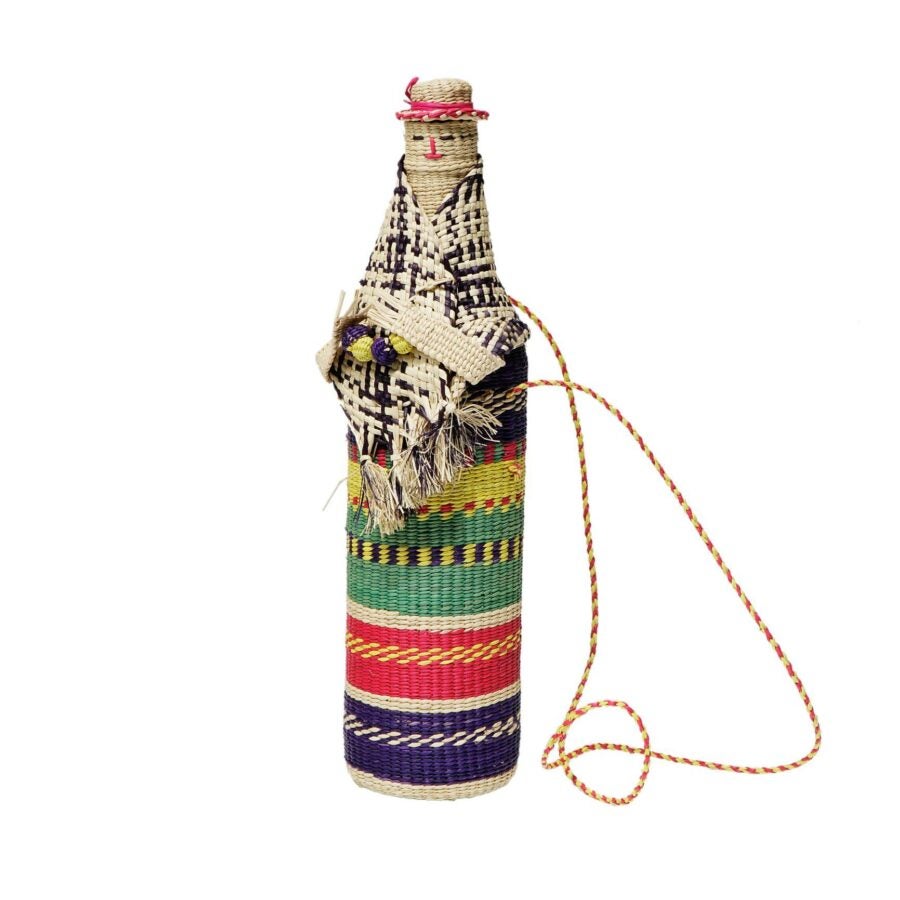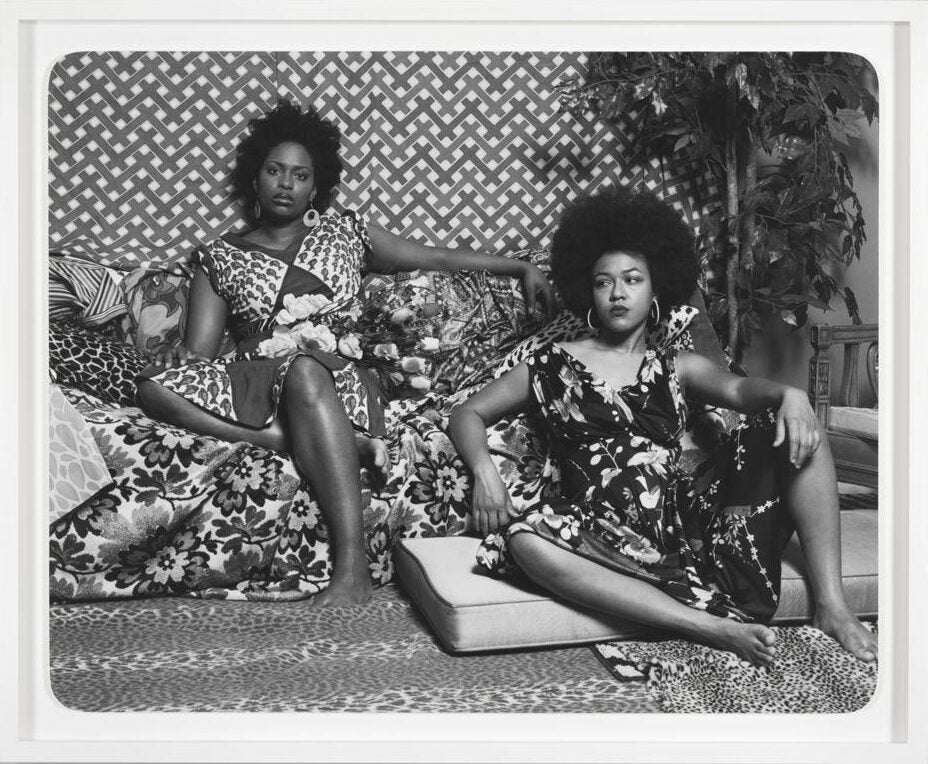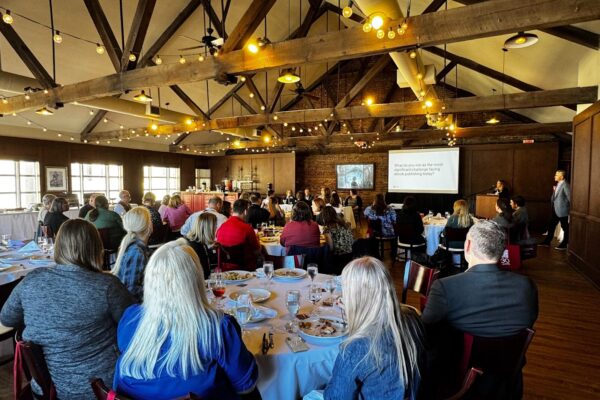
A new home for Artstor
As the curator of new Artstor collections, I’m thrilled to share insights into the evolution of our collection development strategy. At this moment, we’re finalizing the migration from the Artstor platform to our new home on JSTOR. And while the Artstor platform is retiring on August 1, 2024, Artstor collections are not–they’re continuing to grow! This move is not just a change of platform; it represents a significant expansion and diversification of Artstor, guided by the needs and interests of our global community.
Mobilizing community feedback
Our commitment to enhance and expand the Artstor collections on JSTOR is driven by valuable feedback from our users. At recent conferences, well-attended by the Artstor community, we asked educators and students, “What kind of content would you like to see more of on our platform?” Many expressed a desire to see more contemporary art, material culture, as well as works beyond the traditional European canon.
These insights are critical in shaping our acquisition strategy, ensuring that we build more collections that reflect changes in academia, global perspectives, art production and consumption, among others. As one user noted, as “the canon expands; the collection must,” too.
Pillars of growth in collection development


To that end, the pillars of our collection development strategy focus on four main thematic areas: contemporary, diverse, global, and interdisciplinary content. Here’s how we’re bringing these themes to life on Artstor on JSTOR:
- Contemporary: We’re continuing to acquire more recent works, as well as better reflect the past two decades within our corpus
- Diverse: We’re increasing our representation of a wide array of voices and experiences, particularly those of artists of color and underrepresented communities
- Global: By expanding our acquisitions from repositories around the world, we’ll provide a more comprehensive view of art and cultural heritage
- Interdisciplinary: Recognizing the interconnectedness of visual culture and other fields of study, we’re looking to license collections that support a wide range of disciplines
A new partnership and collection highlights
We kicked off last fall with the addition of 5,000 new images covering contemporary world events from Magnum Photos, followed by an additional set earlier this year, bringing our latest acquisitions to 10,000. Users can anticipate the release of 5,000 new images from Magnum’s most recent global photography campaigns each year, exemplifying our ability to offer relevant, perennial content.
In late March, we also launched a new set of more than 750 images of Modern and Contemporary American Art from Art Resource, providing a critical selection of works for teaching and research that focuses on art created by artists living in the United States between 1910 to the early aughts.
Demonstrating our new focus on diversity, Winnipeg Art Gallery-Qaumajuq will introduce thousands of new images to Artstor on JSTOR later this year. WAG-Qaumajuq holds the world’s largest public collection of modern and contemporary Inuit art, a previously underrepresented area in our corpus. Other areas of WAG’s contribution will include historical and contemporary Canadian art, historical British and European art, decorative art, and photography.



And this is just the beginning! We’re actively engaging with a range of prospective contributors to continue to deliver on our mission to meet the needs and interests of our users.
Future direction and a call to action
Artstor’s strategic growth, paired with its seamless integration with vital scholarship and primary sources on JSTOR, represents an evolution in the ways images and other media can be used for teaching and research. We can’t wait to see what you’ll do and create as we continue to build out this resource for our global audience.
Your feedback continues to be a critical part of our strategy, and we encourage you to connect with us at upcoming conferences or directly via email to share your insights and suggestions. In the meantime, we invite you to explore and engage with Artstor on JSTOR.

Related content
New: Modern and Contemporary American Art from Art Resource
New on Artstor: 5,000 images of recent events from Magnum Photos



